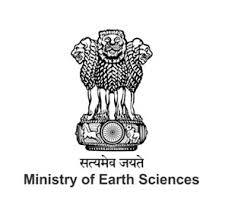ESSO - Indian National Centre for Ocean Information Services
(An Autonomous Body under the Ministry of Earth Sciences, Govt. of India)



MoES-NOAA OMNI-RAMA Joint Data Portal
OMNI Buoys
Under the Ocean Observation Network (OON) programme of Ministry of Earth Sciences (MoES, Govt. of India), the Ocean Observation Systems (OOS) group of NIOT is entrusted to establish a moored buoy network in the Indian Ocean. The OOS group, erstwhile National Data Buoy Programme, was established in 1996, with the objective to operate, maintain and develop moored buoy observational networks and related telecommunication facilities in the Indian seas. From 2012 onwards, an advanced type of buoy technology was implemented by OOS-NIOT and these improved moored buoys are called OMNI (Ocean Moored buoy Network for Northern Indian) buoys. At any given time, around 12 OMNI buoys collect and transmit high resolution real-time upper ocean (such as vertical profiles of temperature, salinity (conductivity) and currents), surface meteorological data (winds, humidity, pressure, temperature, rainfall and radiation) and wave parameters (selected buoys only) from Bay of Bengal and the eastern Arabian Sea. The OOS-NIOT deploys and maintains the OMNI buoys and the INCOIS manages the data.
RAMA Buoys
The RAMA observational network is designed to address outstanding scientific questions related to the Indian Ocean variability and the monsoons. Initially, as per the MoU between MoES/INCOIS and NOAA/PMEL, INCOIS supported deployments, recovery and repair of the ATLAS, CONE type and ADCP moorings of the RAMA network. Since April 2017, OOS-NIOT has been extending the operational support to NOAA/PMEL for the RAMA buoys. Physical oceanographic and meteorological data collected within RAMA has been extensively used to understand the thermohaline structure in the Bay of Bengal and validation of satellite derived product and model parameter values.



